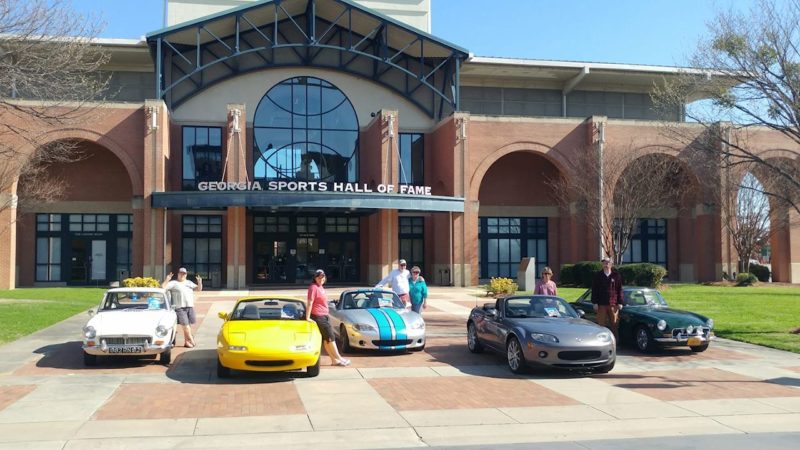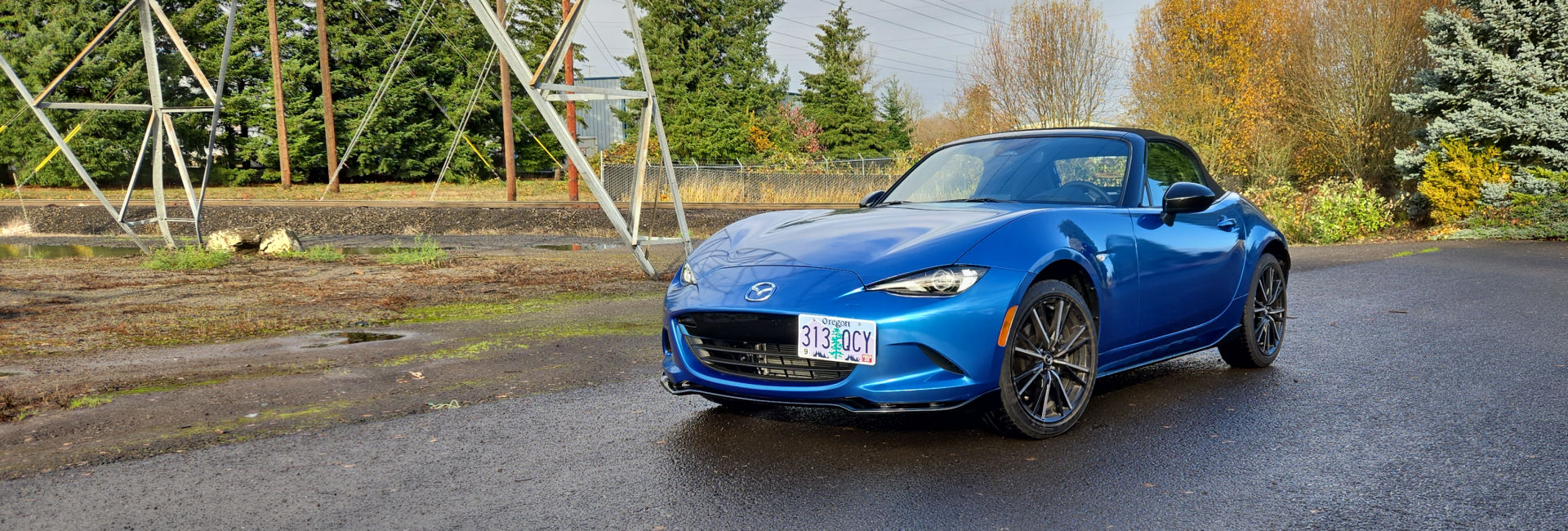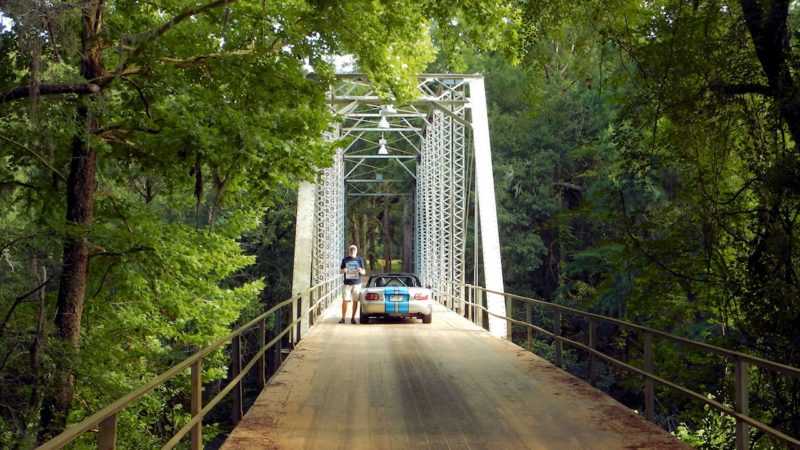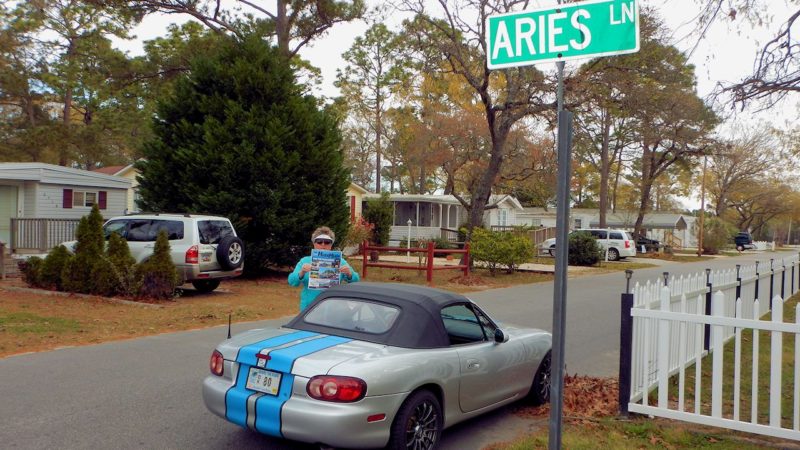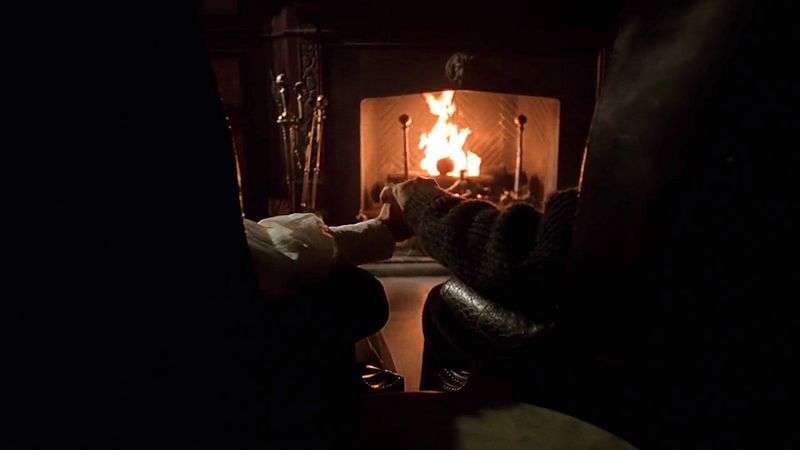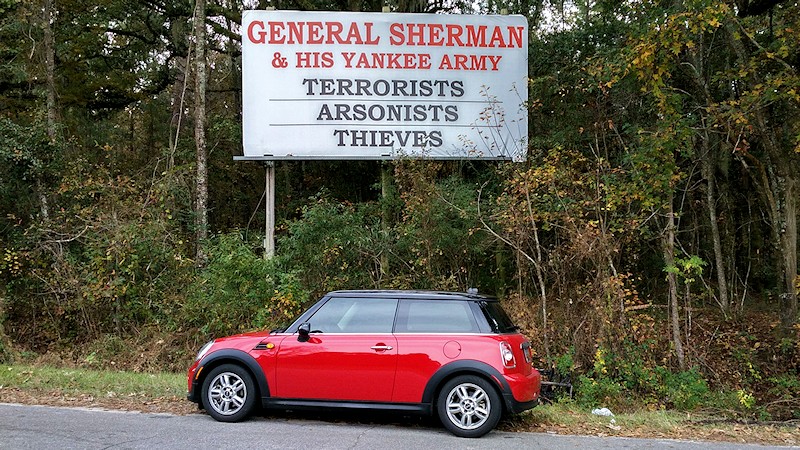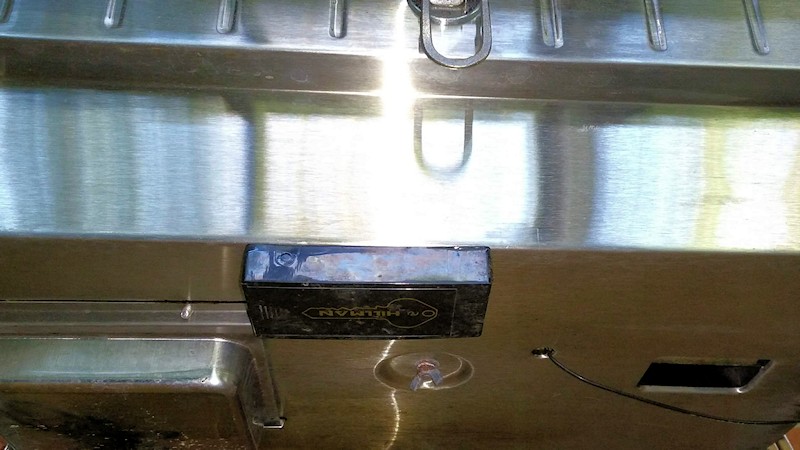Elevator Espionage
Norman H. Garett III
Founder Miata Club of America
I get a lot of calls from my journalist friends asking why there has not been a competitor to the Miata entering into the market by now. It has been five years since the press introduction of the Miata and it is presumable that some other company would have tried for their piece of the sports car market pie by now.
The answer I give largely centers around the Capri and its lack of sales performance as contrasted to the Miata’s success.
It is hard to believe that the first Miata day model took shape over a decade ago. At that time the key words for the program were “Light Weight Sports” or LWS. The concept was crystal clear for those of us within Mazda – fill the gap left by the recently deceased British sports cars. Customers at that time were making do with Fiero’s and Honda CRX’s, but we thought a reliable MGB would be more to the market’s liking. Justifying 40,000 units per year (based on MG and Triumph sales in ’79-’80), Mazda headquarters in Japan gave the green light for our California studio to proceed.
Ford had received quite a bit of good press with the Barchetta show car in the late seventies – a small, two seat sports car based on Fiesta mechanicals (my, this all sounds ancient now…). A few product planners within Ford had been looking for a justification to build such a car for many years. In the early ’80’s, the chance came. Ford of Australia needed more export credits for a particular assembly plant. Putting two and two together, the powers within Ford decided to build an adapted version of the Barchetta in Australia for domestic sales and for export to the US and other markets.
The germ of the idea was great – a low cost two seater for the masses. Build it in an existing plant with as many existing parts as you can and you will have the afford-able answer to the British expiration. The plan was solid, but the execution began as a compromise from the get-go. It was decided to build the car on a Mazda 323 floorpan, in order to save money by not developing a new one. The choice was made to use the old tooling from the 323 line that had just been moth balled. Thus, a car destined to enter the market in 1990 was being built on a chassis introduced in 1982 and killed in ’86.
I recall riding in my hotel’s elevator while in Hiroshima and meeting new American faces each day. They were Ford engineers working on the Probe/MX-6 joint venture and the Capri project. They did not know of our plans to make a small sports car, but we were curious about how the “Barchetta” program was going and how it might be the death knell for our special car. “How is the 323 platform working out for the two seater?” I would ask, feigning knowledge of the project. “Fine, Fine. Front wheel drive is the only way to go with this niche market,” would be the reply, telling me they were locked into front wheel drive and mediocre handling performance from the start. It was a chess game, but as long as they stayed on that track, there was a chance the Miata would be “allowed” to be built.
The front wheel drive decision for the Capri was based, again, on cost. This was the one point that made the Miata possible. You may remember that Ford owns 25% of Mazda. The Ford Board knew about the Miata program and decided to let it co-exist with their Capri program. The two cars had completely different drivetrains and market focuses and were considered not to be direct competitors, sort of like the Midget and the MGB. The Capri was going to have two small rear seats and be priced lower than the Miata. The thinking (sound enough) was that the purists would buy the Miata and the more “practical” customers would buy the Capri.
There was a period of true pins and needles for us at Mazda R&D in 1985 when the Miata’s future was very uncertain. Internally, the MPV was competing for development money – the U.S. market was crying out for minivans at the time. Externally, Ford’s weighty scepter loomed over our little idea. Fortunately, all three vehicles were approved for production.
The rest, as they say, is market history. The Capri was scheduled to come out first at a low price. In fact, the Capri introduced at $12,800 six months after the Miata went on sale for $13,800. Very shortly afterwards, the Capri’s price rose to over $14,000. The press, as we remember, was ecstatic about the Miata and “kind” to the Capri. The market place rewarded the two cars in a less than equal manner.
Last year’s sales for the Capri were half those for the Miata, even with serious rebates and discounts from Ford/Mercury.
The problem with the Capri? There are none, really. It is a very pleasant 2+2 convertible with mild road manners and a reliable nature. Does anyone sneak out at night and wax their Capri? Is anyone drawn to chase headlights for hours, so enamored with the Capri’s character and style? Few are, if any. The Capri has a serious infection of that corporate disease – committee design. It pleases everyone and thrills no one. The lack of sales for the Capri has proven one thing – niche cars need to have stand-out personalities.
And there is that price. Basically, the Capri is a convertible Mazda 323 Hatchback. The convertible option costs around $2000 at retail. The 323 Hatchback sells for $7000. Put that together to yield a reasonable price for a Capri at around $9000. Trying to sell a $9000 car for $14,000 is a fool’s game in any market.
Now I can make my point, after a long winded prelude. The Capri and the Miata have staked out the only two viable ways of meeting this small sports car market in a modern world. You can take an existing design and make it into a sports car, trying to keep the costs down and make up for lack of character with clever marketing and alloy wheel programs. Or you can start with a clean sheet of paper and spend your money making your idea of the perfect sports car, praying that the almighty customer will agree with you. Both represent risky propositions.
These two cars have essentially cornered the market in low priced sports cars – there may be little room for anyone else. Could someone make a $16,000 car from scratch and have it be better than the Miata? Probably not – and that is not said out of arrogance, it is just that the Miata was developed with no competition in mind. Any car now developed would have to position itself among a few cars in the field and compromises would be inevitable. Can someone take an existing sub-compact design and make it a convertible “sports car” – maybe. The lack of Capri sales even after sustained rebate programs is probably scaring anyone away.
We have seen Toyota move the MR-2 up scale (into the $20,000 range). Honda’s new “CRX” is the Del Sol which is more money and less car than the Miata ever pretended to be. The Fiero is dead. Alfa Romeo sold less cars for the entire last year than Mazda did Miata’s in its worst single month. Fiat has announced a new two seater, but our crash tests and product liability problems may keep it out of the U.S. market. The MGB is alive and well with a V-8 engine and a price to match for Brits only.
So is the Miata king of the hill? Well, it is king of its hill, which is the “affordable” sports car market. It has been included in all of the automotive magazine’s “favorite car” lists for each of its four years of production. It has spawned the largest single marquee import car club in the world (us).
Does that make it the “best”? No. What makes it the best is that little smile that creeps over you when you crest that hill or clip that apex and the sun is just right and the wind is billowing over the wind-shield and second gear feels so good and the engine sings happily. Being able to reproduce that smile on 250,000 individual customers around the world is what makes it the best. It is a feat not easily accomplished in today’s automotive world.
For that, we must say thank you to Mazda, for persevering through that product mine field on our behalf.
Copyright 1993, Miata Magazine. Reprinted without permission.
